
Dundonians huddled for warmth in winter coats when the ABC cinema reached its final reel on Christmas Eve in 1998.
A golden era in Dundee’s cinematic history flickered and faded into the darkness when the credits rolled on Steven Spielberg’s animated epic The Prince of Egypt.
All that was left were old photographs and many happy memories.
The Seagate site was home to a cinema for generations.
In the early 1880s, Her Majesty’s Theatre opened and became a top venue for touring theatre companies.
The glamour of Hollywood movies drove much live theatre into the wilderness and it was screening films as part of its programme by 1915.
The premises reopened as The Majestic in 1930 and was one of Dundee’s most luxurious picture houses with a plush interior to match its regal façade.
During the war disaster struck and the building was destroyed by fire in 1941.
For 15 years, until 1956, the site was empty, then a 1,300-seat, purpose-built cinema rose from the ashes of The Majestic after being purchased by cinema magnate J.B. Milne.
Billed as “Britain’s first super cinema”, the Capitol cost £140,000 to build and had a mammoth silver screen 50 feet wide and 20 feet high.
It was bought over and became part of the ABC chain in 1959.
Who could forget the famous triangle logo on the front of the Seagate building?
The latest film techniques, like CinemaScope and stereo sound, were perfect for epics such as South Pacific, where planes appeared to fly overhead and behind the audience.
The ABC was still going strong as a cinema in the 1970s where film fans would often watch a movie after a meal at the Hong Kong restaurant situated next door.
Maybe you finished the evening with a pint at the Hansom Cab?
The big films then, by the way, were Escape from the Planet of the Apes, The Godfather, The Exorcist, Jaws, Rocky, Star Wars, Saturday Night Fever, Grease and Superman.
The queues would snake round the block.
ABC Dundee sacrificed big screen in 1979
The super-screen, as it was, was sacrificed in 1979 when the auditorium was split to create two cinemas and ABC 1 (seating 621) and 2 opened (seating 320).
Following the sale of EMI’s film and theatre operations, the ABC became a Cannon in the 1980s, an MGM, then finally reverted to the ABC name in its latter years.
Despite management’s efforts to keep the public coming in, the reluctance of various owners to spend money on the building added to its gradual dilapidation.
The big multiplex era arrived in June 1993 with the multi-million-pound opening of the six-screen Odeon at the Stack Leisure Park in Lochee with capacity for 1,646 people.
The ABC found itself as the final sentinel of the old fashioned picture palaces.
The Odeon drew audiences away in their droves and a likelihood of further multi-screen developments painted an even bleaker picture for Dundee’s oldest remaining cinema.
It was put up for sale in 1997.
They were prepared to keep operating until a buyer was found.
As time continued to pass, a sinking feeling that “this was it” continued to grow.
Cinema-goers were evacuated in April 1998 during a screening of Titanic when smoke was detected in the ground-floor switch room after a transformer caught alight.
The unsinkable ship was still upright when 60 people were forced to leave and the showing was cancelled with ticket holders given refunds or re-admission vouchers.
Impending closure was hastened after attempts to revive the building’s heating system proved futile, which ultimately made day-to-day operations impossible.
News of the Christmas Eve closure was given to the staff – comprising two full-time managers and 10 part-time employees – by the regional manager on December 23 1998.
There had been no heating in the cinema for a fortnight.
The 8.15pm showing of The Prince of Egypt was the ABC’s very last picture show where Dundonians shrugged off the chill and wrapped up warm in winter clothing.
All tickets were £2.50.
The final words before the credits rolled?
“Look. Look at your people, Moses. They are free.”
Timeless treasure trove of stories
Generations of Dundonians mourned the closure of the grand old lady.
Pamela Mulgrew, author of Let’s Go to the Pictures: Memories of Cinema in Dundee, gathered a timeless treasure trove of stories from ABC regulars during her research.
She told me: “Going to the ABC was always quite exciting due to their marketing tactic of being very late in opening the doors prior to a screening.
“This meant that there were always queues to get in which would stretch along the Seagate and down Gellatly Street, creating an impression of great demand!
“The ABC was the cinema where most people saw all the real blockbusters and it was certainly an impressive cinema, as it was so large.
“The 1,300 seats were often filled, and the atmosphere was fantastic.
“A lot of local people have fond memories of the ABC and one person recalled that when the cinema showed The Exorcist a priest strode up and down the queue sprinkling holy water on patrons and trying to dissuade them into attending.
“Another contributor to my book recalls that his all-time cinema highlight was seeing, Stanley Kubrick’s 2001: A Space Odyssey when it came out in 1968 and being in complete awe at its magnificence.
“Others recall how cinema-goers would dress up to see the Star Trek films.
“The Seagate would be filled with people complete with uniforms and Spock ears!
“In 1979 the decision was made to split the ABC into two screens to make it more viable.
“This was a mistake, as it really destroyed the splendour and atmosphere of the place.”
She said the sound proofing between the screens was awful.
“If you were watching a quieter film in ABC 1 and there was an action movie in ABC 2 then all you could hear was the bangs and noise through the wall,” she said.
“It also did not help the ambience, at all, that the walls were painted a sludge colour.”
Pamela said the ABC was a must for teenagers like herself in the 1980s to watch the latest blockbusters, like Raiders of the Lost Ark, ET, Back to the Future and Top Gun.
The ABC became Yates Wine Lodge in 2000, which closed in 2012 before reopening as a pub in the J.D. Wetherspoon chain named The Capitol in a nod to the old theatre.
Pamela said: “The interior was completely stripped out when Yates Wine Lodge opened.
“There is really now no trace of it ever being a cinema.
“A lot of people say that the closing of the ABC was inevitable due to the opening of the Odeon at the Stack and the planned opening of Cineworld, which took place in 1999.
“I feel that the ABC was closed a bit prematurely.
“While I liked the Odeon, it was never really that popular because it was out of town.
“It only lasted until 2001 so perhaps if the ABC just held on it could have been viable, as people still want a cinema in the heart of Dundee.
“There is the DCA but nothing on the scale of the ABC like in other Scottish city centres.
“The ABC’s demise is sad as it was the last of Dundee’s great cinemas.”
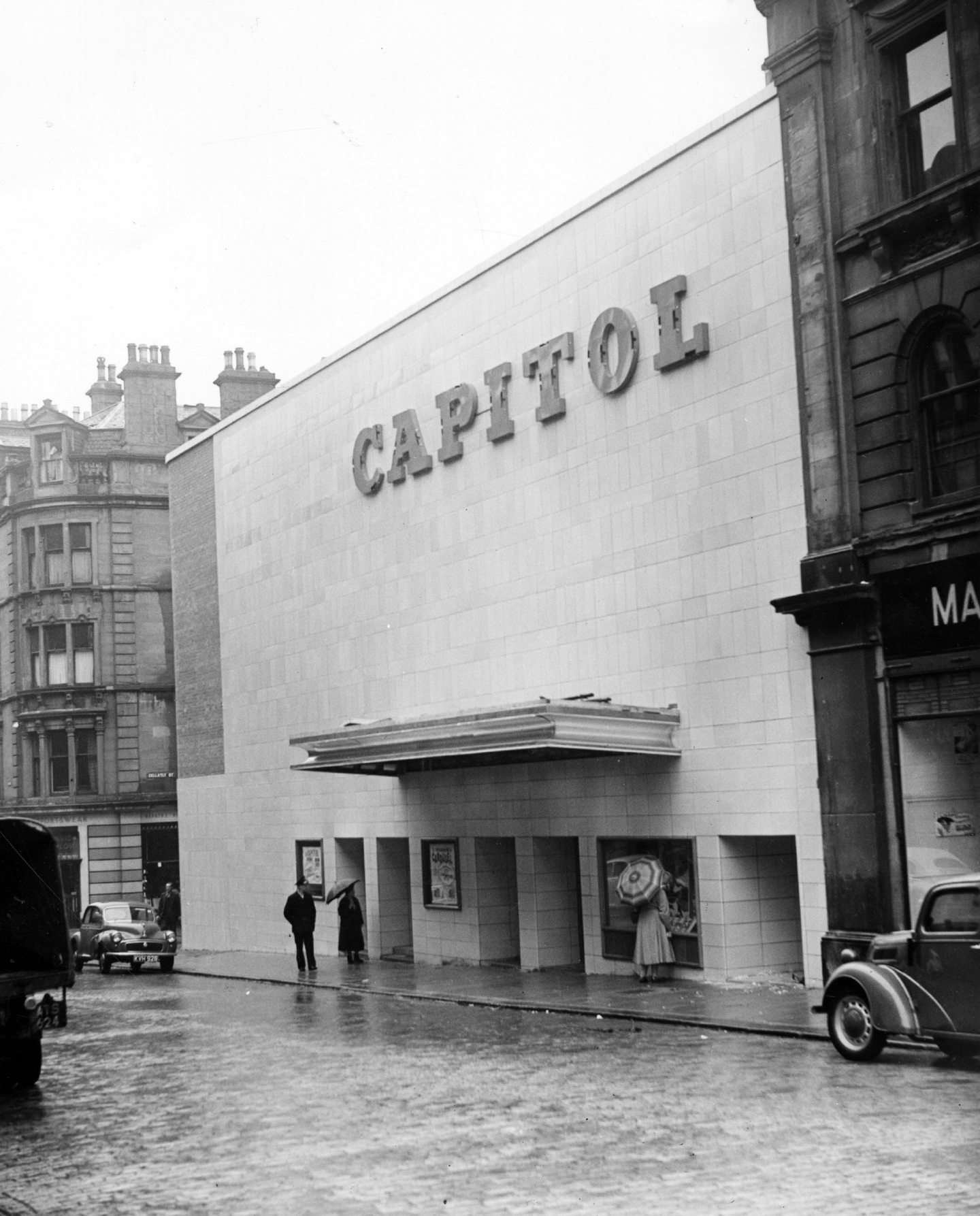
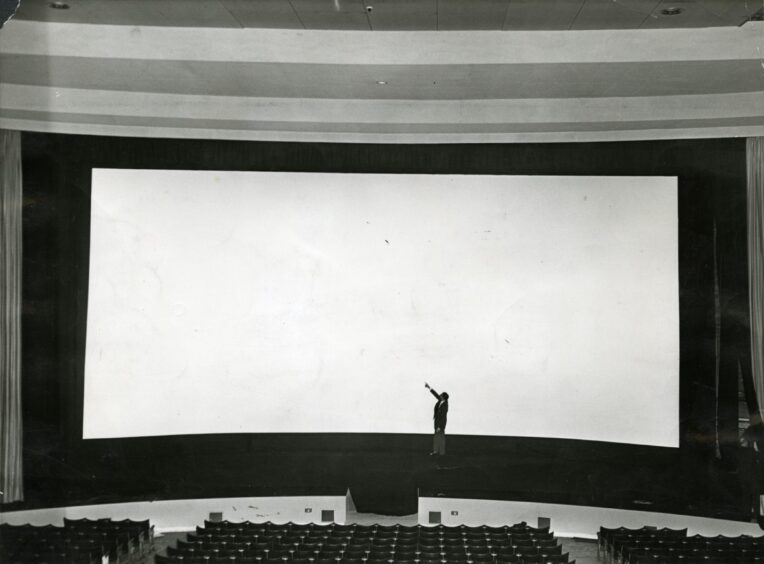
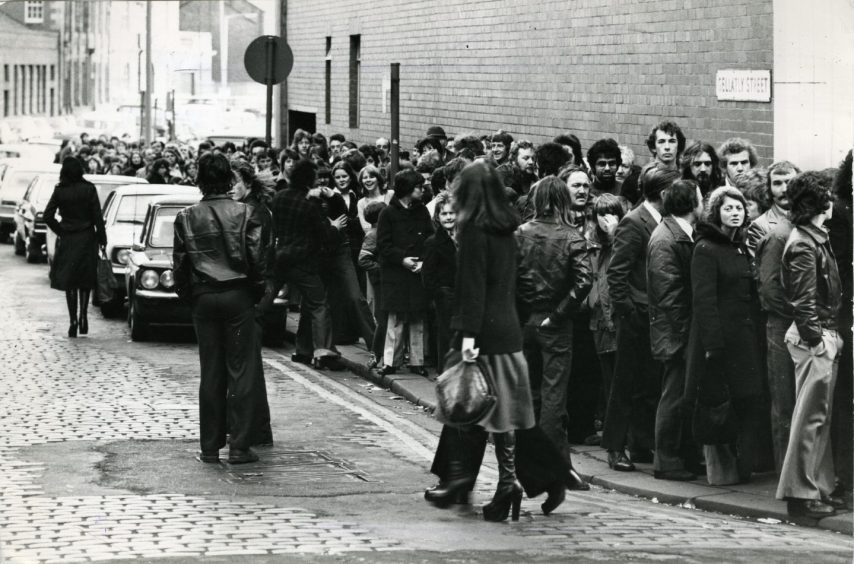
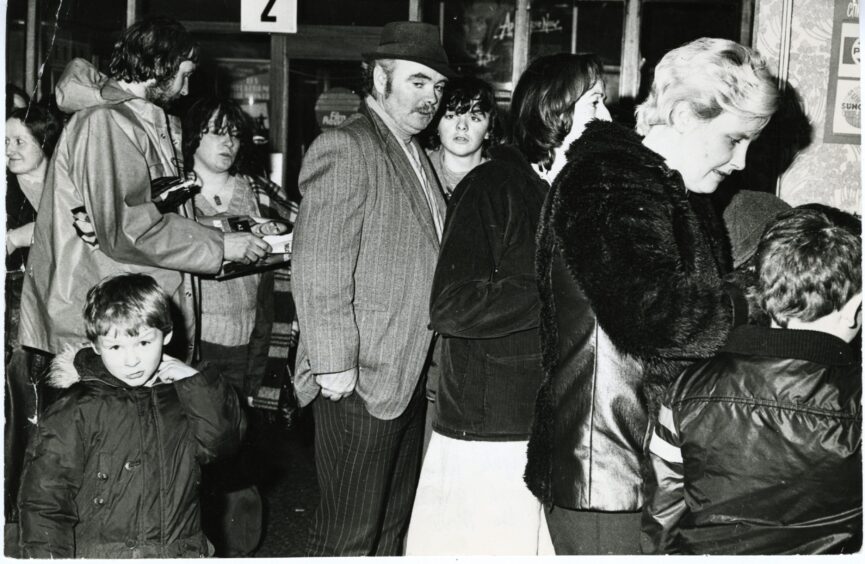
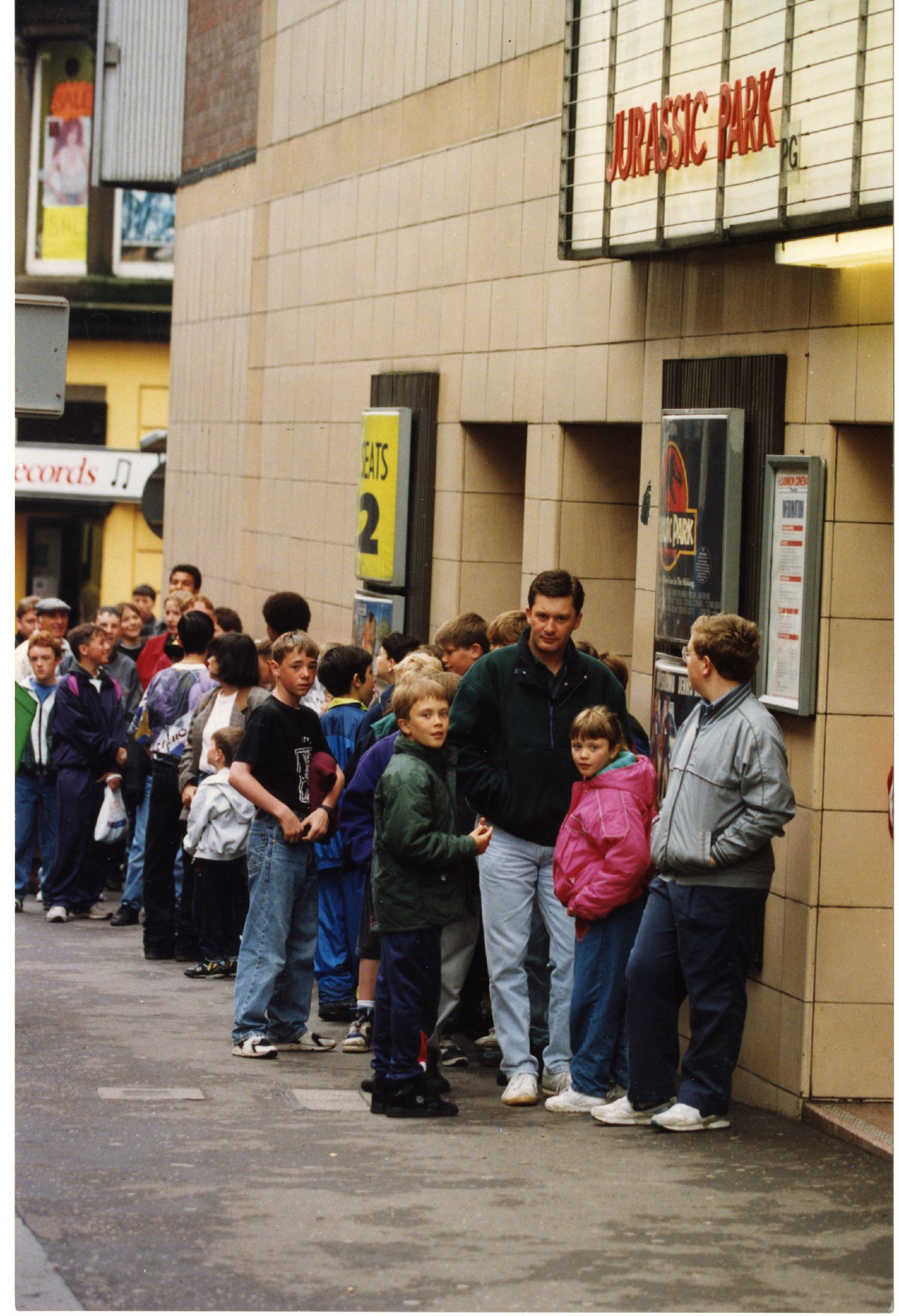
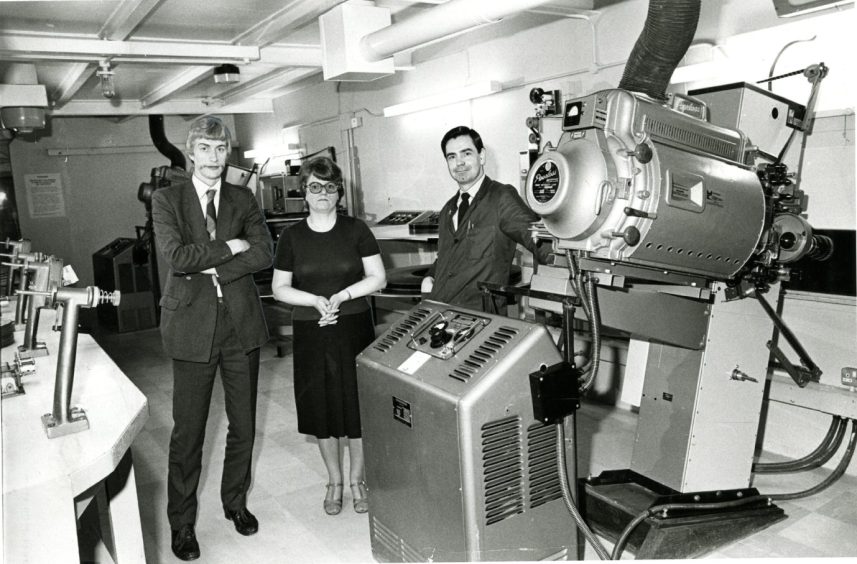

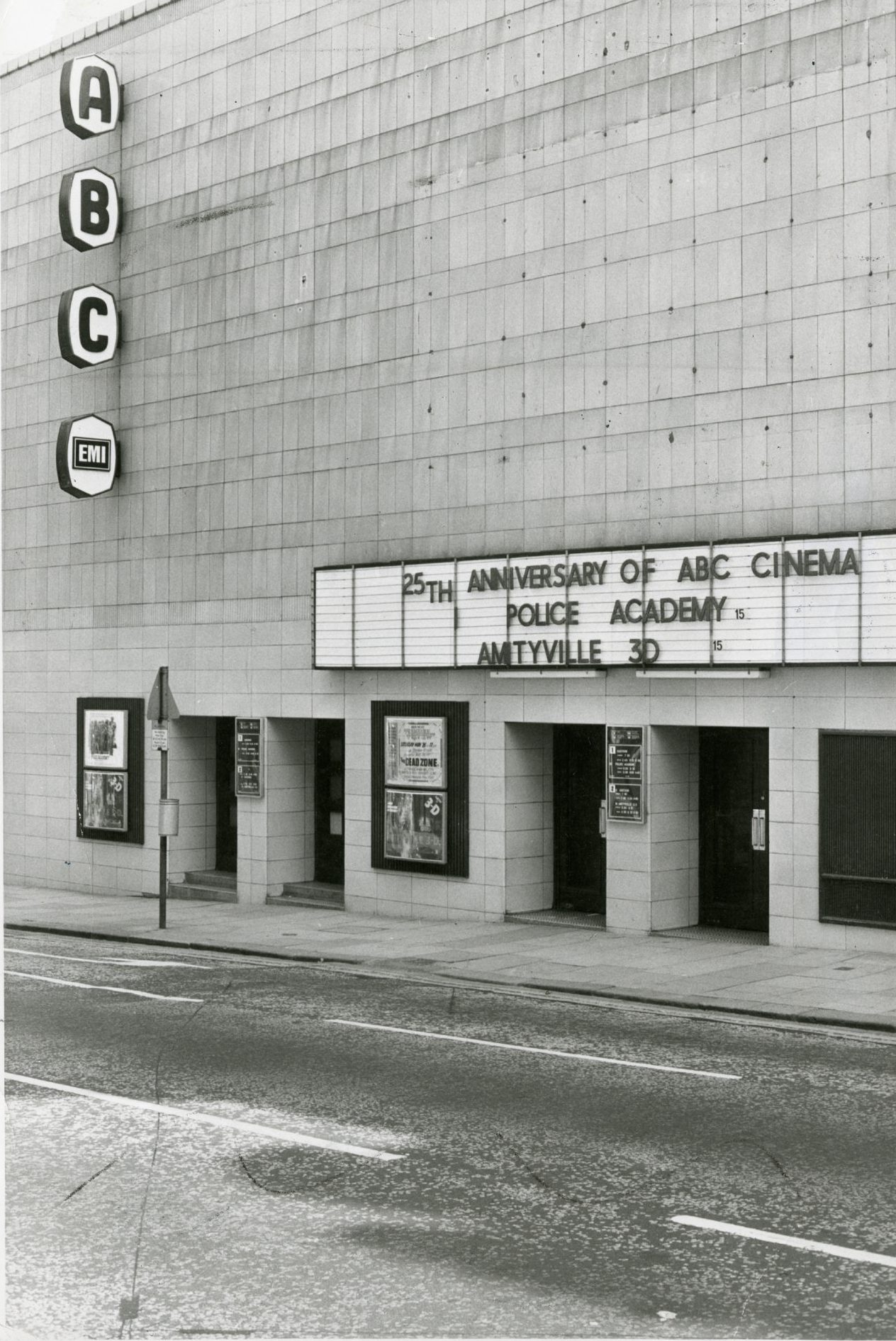
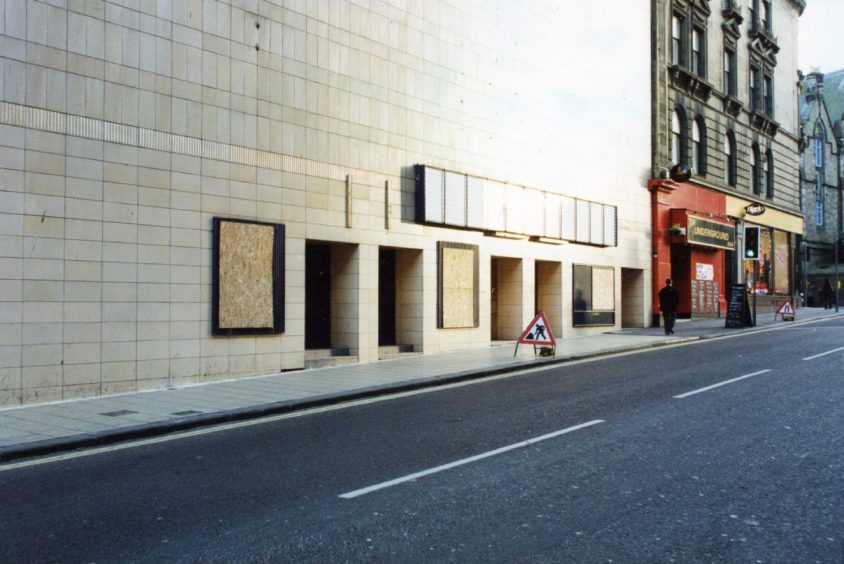
Conversation